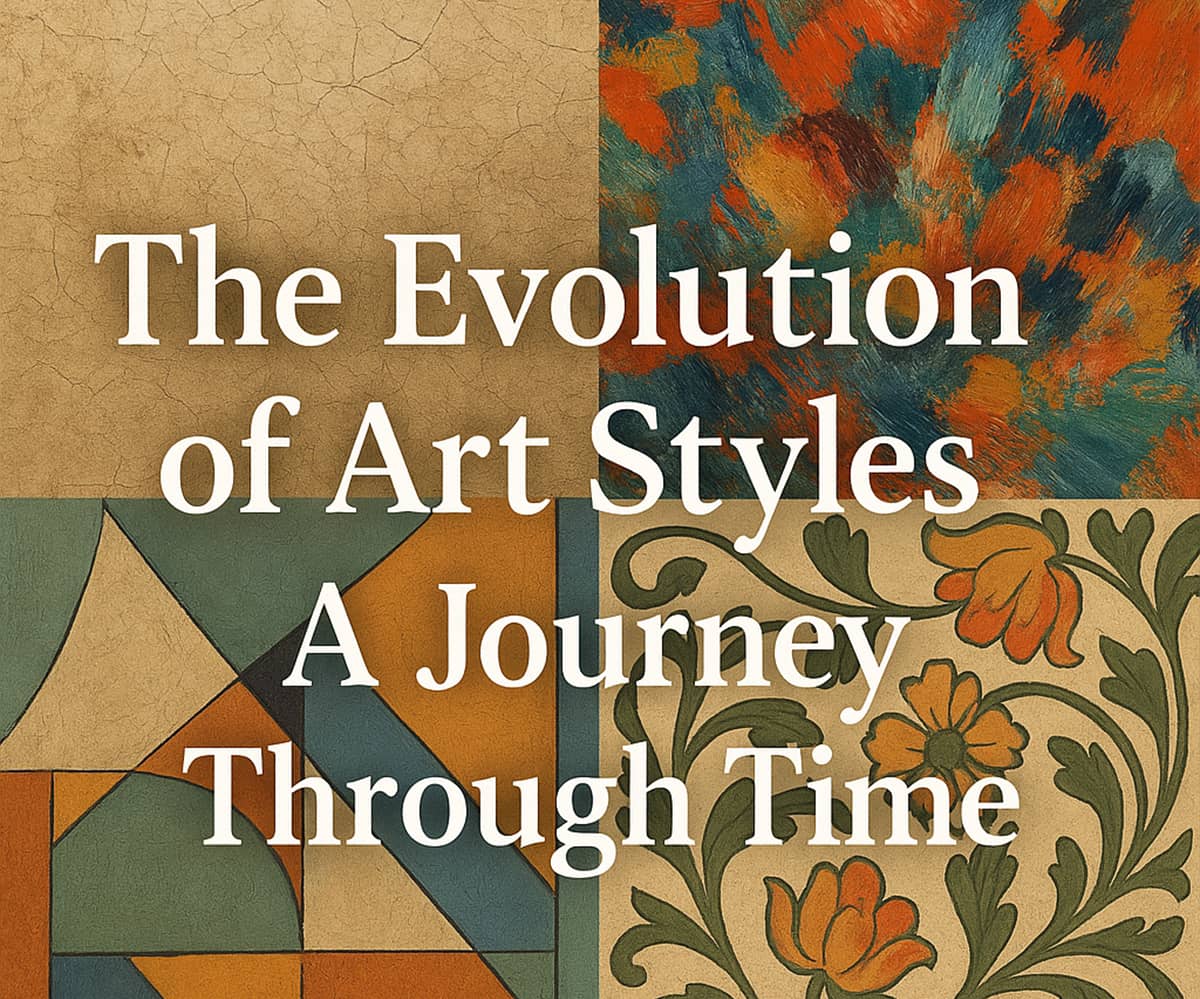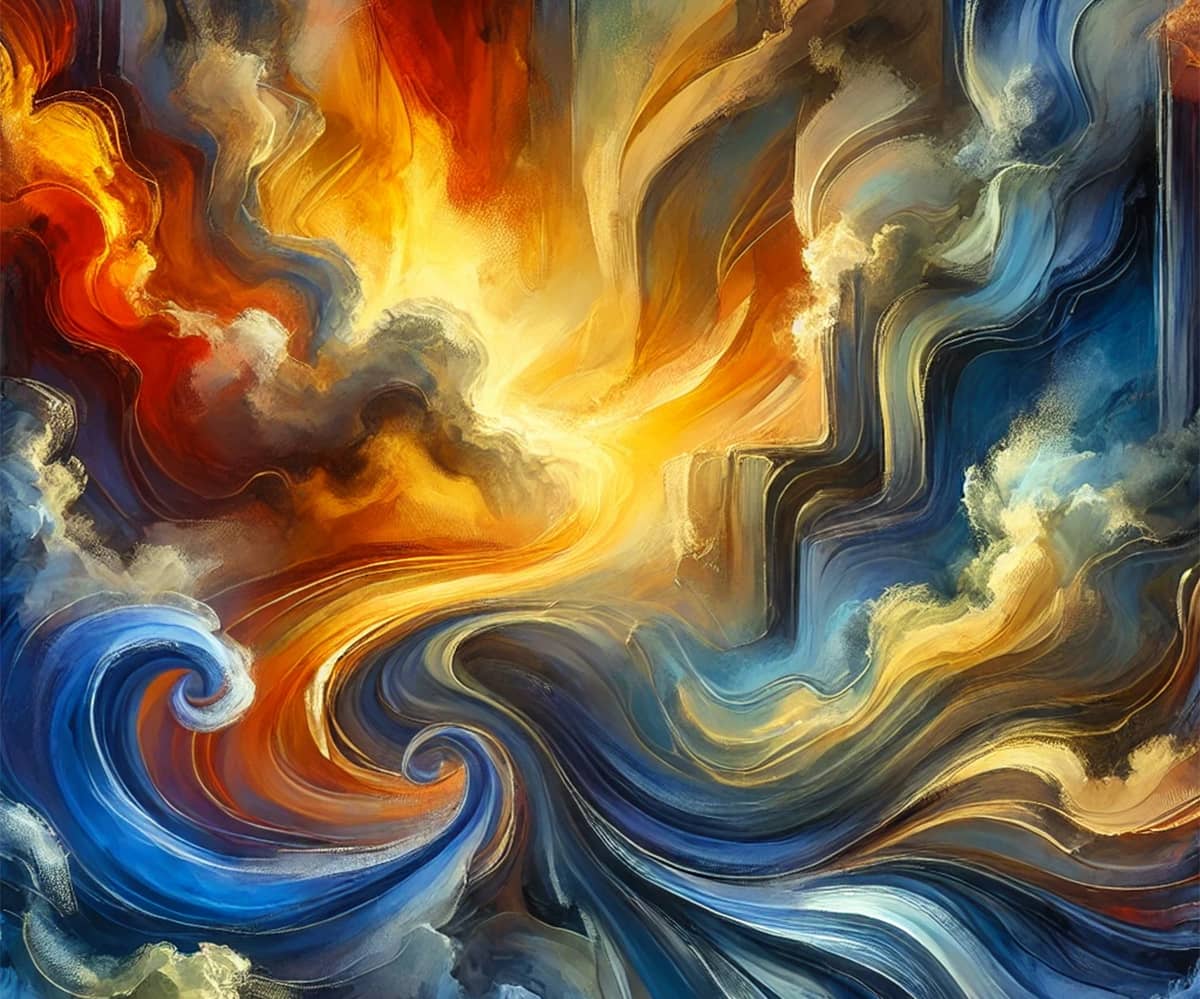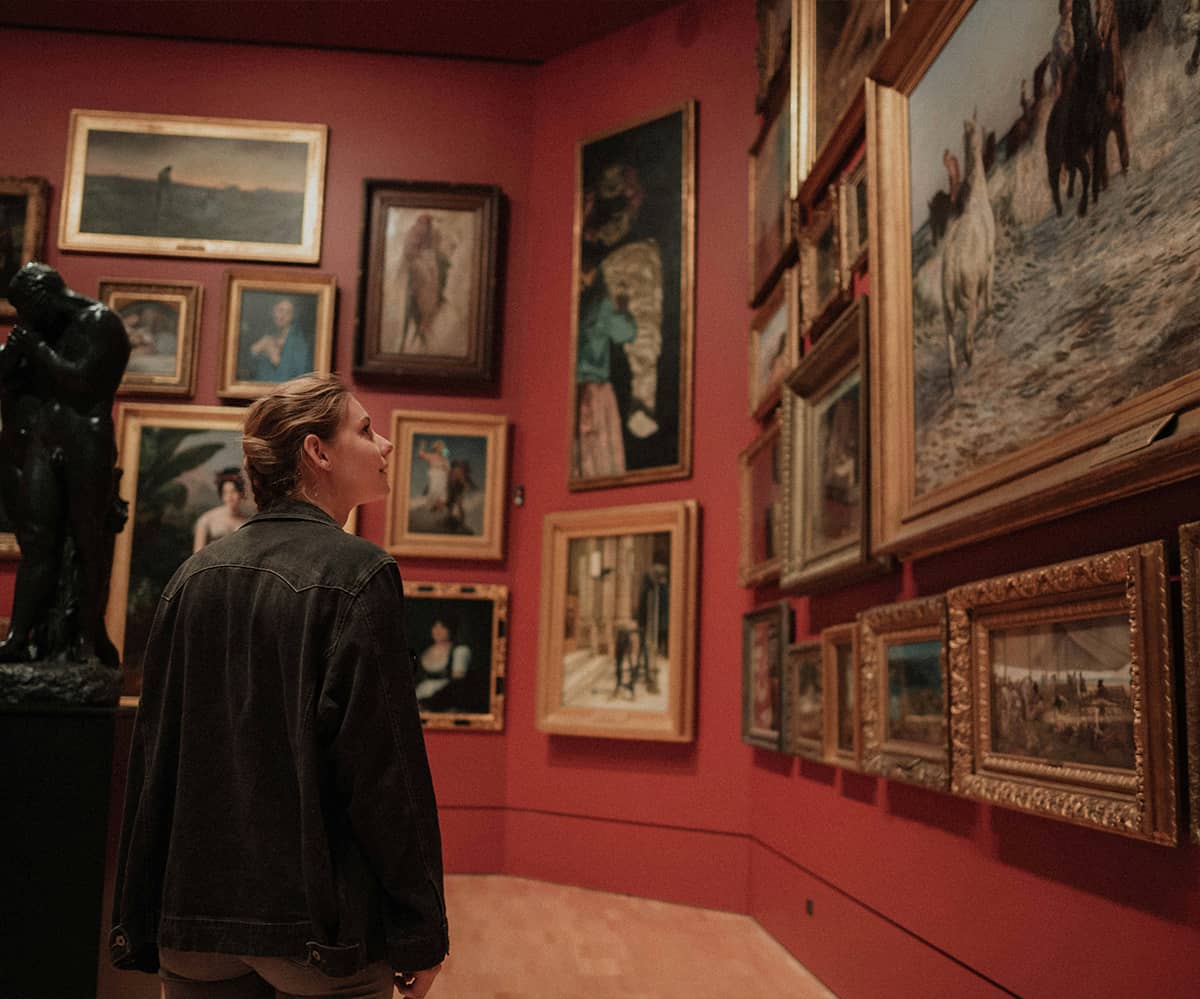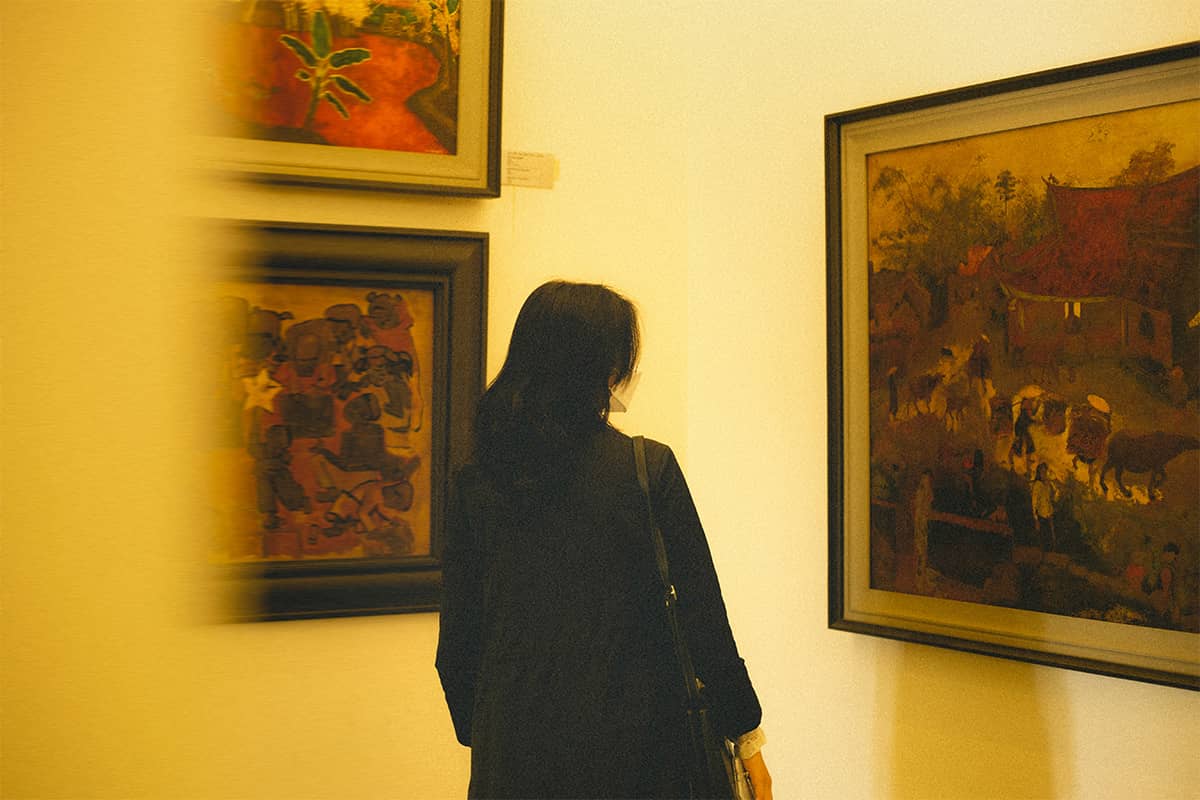Why Statues Are Considered Art: A Timeless Expression of Human Creativity
Statues have been a significant part of human history and culture for thousands of years. From the ancient civilizations of Greece and Rome to the modern sculptures found in city parks today, statues have always held a prominent place in art and society. But what makes a statue art? Let’s delve into the elements that contribute to statues being considered not just objects, but profound expressions of creativity and meaning.
1. Embodiment of Human Emotion and Ideas
One of the primary reasons statues are considered art is their ability to embody human emotions, ideas, and stories. Statues often capture a moment in time or represent abstract concepts like freedom, love, or bravery. For example, the Statue of Liberty is not merely a structure made of copper; it symbolizes freedom and democracy. The artist’s intention and the statue’s ability to convey complex human experiences elevate it beyond a mere object, making it a piece of art.
2. A Showcase of Craftsmanship and Skill
Creating a statue requires a high level of craftsmanship, precision, and an understanding of form and space. Sculptors meticulously carve, mold, or assemble materials to bring their vision to life, often spending months or even years perfecting their work. The technical skill involved in sculpting marble, casting bronze, or assembling modern materials showcases the artist’s expertise, turning raw materials into something that evokes awe and admiration. This intricate process is a key element of what classifies statues as art.
3. Cultural and Historical Significance
Statues often serve as historical records, reflecting the culture, values, and beliefs of the time they were created. Ancient statues of gods and goddesses, kings and queens, and heroes and mythological figures provide insight into the societies that revered them. They act as a bridge connecting the past to the present, allowing us to understand and appreciate the historical context in which they were made. This cultural and historical relevance further solidifies statues’ status as art.
4. Aesthetic Appeal and Artistic Expression
The aesthetic appeal of a statue, from its form and composition to its texture and use of space, contributes to its recognition as art. Sculptors play with proportions, light, and shadows to create visually striking pieces that draw the viewer in. Whether realistic or abstract, statues push the boundaries of what is possible with materials, making bold statements or inviting quiet reflection. The artist’s unique expression and creative choices are fundamental aspects of what makes a statue art.
5. Interaction with the Environment
Unlike paintings or drawings that are often confined to galleries, statues interact with their environment, becoming part of the space they inhabit. They can transform a public square, enhance the natural beauty of a garden, or stand solemnly in a place of remembrance. This interaction between the statue and its surroundings creates a dynamic relationship, where the art piece engages with viewers in a shared space, making the experience of art more accessible and immersive.
6. Symbolism and Interpretation
Art often invites viewers to interpret and find personal meaning in what they see, and statues are no exception. The symbolic nature of statues allows them to resonate differently with each individual. A statue might represent triumph to one person and tragedy to another, depending on their perspective. This open-ended interpretation is a hallmark of art, offering layers of meaning that go beyond the physical form of the statue.
Conculsion
Statues are more than just static objects; they are powerful expressions of human creativity and emotion. Through their craftsmanship, cultural significance, aesthetic appeal, and interaction with the environment, statues fulfill many of the criteria that define art. They tell stories, capture moments, and evoke feelings, making them timeless pieces of art that continue to inspire and engage audiences across generations. Whether standing in a museum or adorning a city street, statues remain a vital and cherished form of artistic expression.




